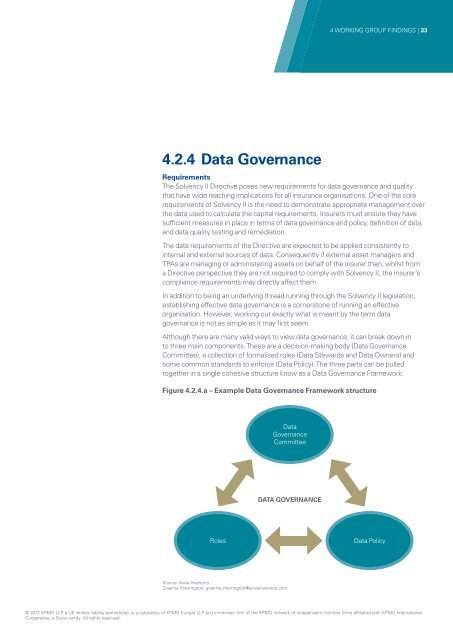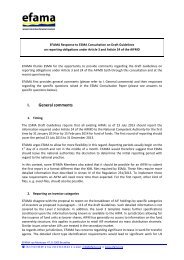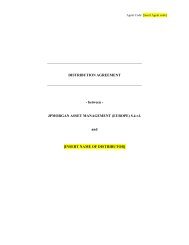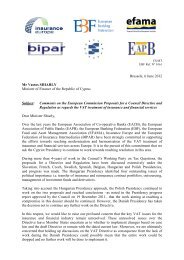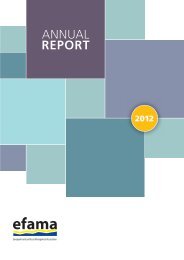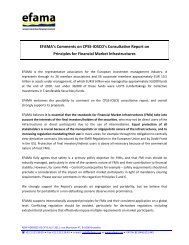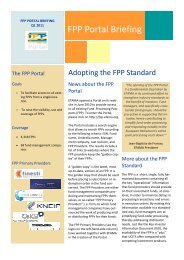EFAMA KPMG Solvency II Report
EFAMA KPMG Solvency II Report
EFAMA KPMG Solvency II Report
Create successful ePaper yourself
Turn your PDF publications into a flip-book with our unique Google optimized e-Paper software.
4.2.4 Data Governance<br />
4 WORKING GROUP FINDINGS | 33<br />
Requirements<br />
The <strong>Solvency</strong> <strong>II</strong> Directive poses new requirements for data governance and quality<br />
that have wide reaching implications for all insurance organisations. One of the core<br />
requirements of <strong>Solvency</strong> <strong>II</strong> is the need to demonstrate appropriate management over<br />
the data used to calculate the capital requirements. Insurers must ensure they have<br />
sufficient measures in place in terms of data governance and policy, definition of data,<br />
and data quality testing and remediation.<br />
The data requirements of the Directive are expected to be applied consistently to<br />
internal and external sources of data. Consequently if external asset managers and<br />
TPAs are managing or administering assets on behalf of the insurer then, whilst from<br />
a Directive perspective they are not required to comply with <strong>Solvency</strong> <strong>II</strong>, the insurer’s<br />
compliance requirements may directly affect them.<br />
In addition to being an underlying thread running through the <strong>Solvency</strong> <strong>II</strong> legislation,<br />
establishing effective data governance is a cornerstone of running an effective<br />
organisation. However, working out exactly what is meant by the term data<br />
governance is not as simple as it may fi rst seem.<br />
Although there are many valid ways to view data governance, it can break down in<br />
to three main components. These are a decision-making body (Data Governance<br />
Committee), a collection of formalised roles (Data Stewards and Data Owners) and<br />
some common standards to enforce (Data Policy). The three parts can be pulled<br />
together in a single cohesive structure know as a Data Governance Framework:<br />
Figure 4.2.4.a – Example Data Governance Framework structure<br />
Roles<br />
Source: Aviva Investors<br />
Graeme Sherrington, graeme.sherrington@avivainvestors.com<br />
Data<br />
Governance<br />
Committee<br />
DATA GOVERNANCE<br />
Data Policy<br />
© 2012 <strong>KPMG</strong> LLP, a UK limited liability partnership, is a subsidiary of <strong>KPMG</strong> Europe LLP and a member fi rm of the <strong>KPMG</strong> network of independent member fi rms affi liated with <strong>KPMG</strong> International<br />
Cooperative, a Swiss entity. All rights reserved.


